At Arpasoft, our On‑Page SEO Services in Pakistan are designed to improve how search engines view your website—and how audiences engage with it. We enhance every element of your web pages, from metadata to content structure and user experience, so your site ranks higher, retains visitors, and converts more effectively.
On Page SEO Services Overview
- Keyword Research & Targeting: Identify strategic short‑tail and long‑tail keywords relevant to your business, industry, and audience. This foundation ensures every page targets terms your customers actually search for.
- Meta Tags & URL Optimization: Craft compelling meta titles, descriptions, and clean, keyword‑rich URLs to boost click-through rates and search visibility.
- Content Structuring & Heading Strategy: Organize content for readability and SEO—with optimized H1–H6 headings, bullet lists, and sections to improve engagement and indexing.
Boost Your Online Presence with On-Page SEO Solutions
- Local SEO Expertise with Global Standards: Serving Pakistani clients using trusted ethical SEO strategies backed by performance metrics.
- Clear Metrics & Transparent Reporting: Countable improvements in ranks, traffic, and engagement—each month.
- Tailored Approach for Your Goals: No one‑size‑fits‑all packages—each service is customized to your industry, website, and business needs.
- Sustainable, Ethical SEO Practices: We avoid shortcuts, prioritize content quality, user experience, and search engine compliance.
Our Creative Process
2025 Statistics
%
On-Time
%
Satisfaction Rate
/7






















